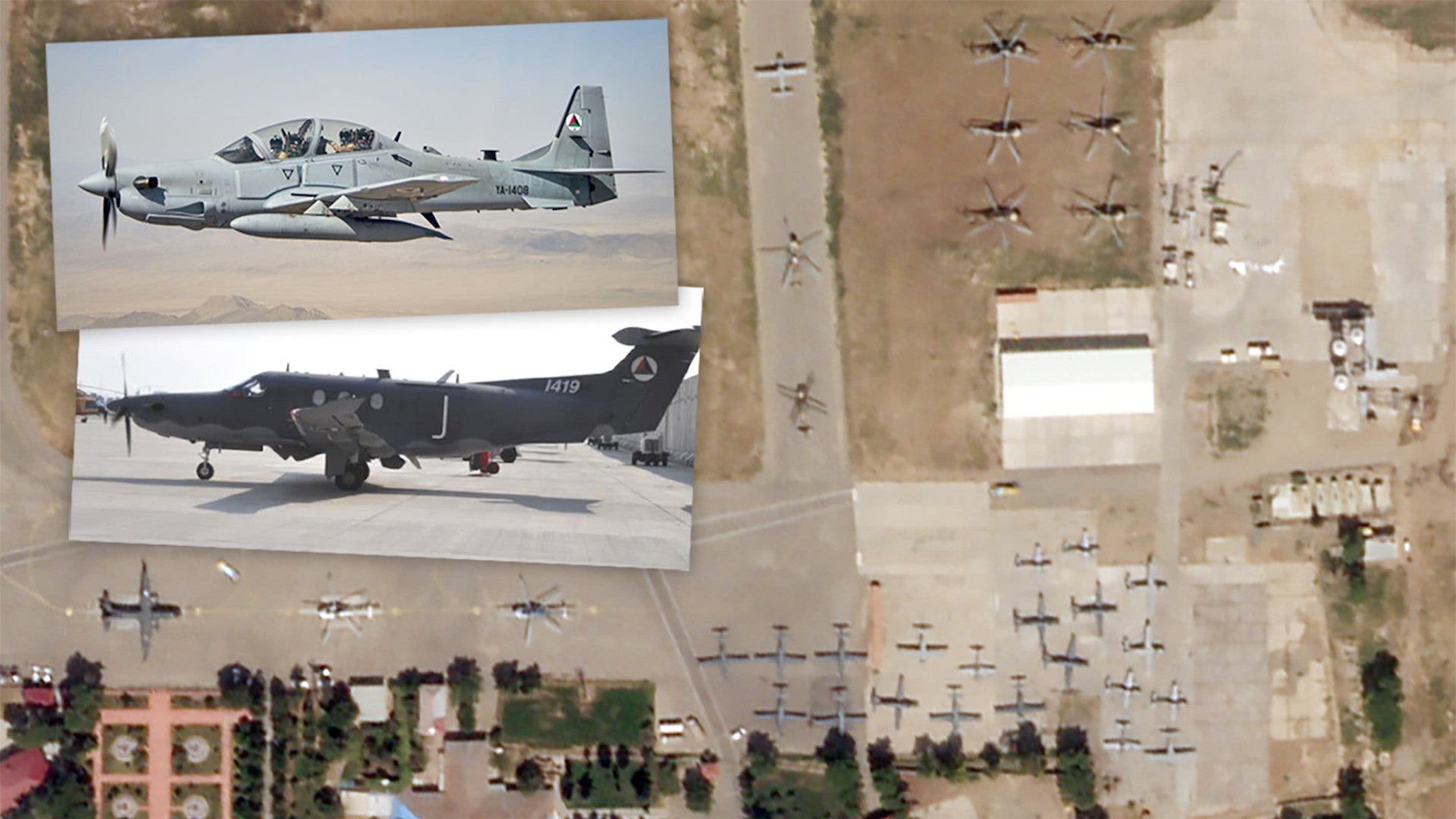As the chaos at Hamid Karzai International Airport in Afghanistan’s capital Kabul was beginning to unfold after the Taliban entered the city on Sunday, an entirely different kind of exodus was underway from the country’s northern regions. Satellite imagery confirms that dozens of fixed-wing aircraft, such as A-29 Super Tucano light attack planes, and helicopters, including UH-60 Black Hawks, from the now-defunct Afghan armed forces, originally supplied by the United States, are sitting at Termez Airport in neighboring Uzbekistan.
An image, taken yesterday, Aug. 16, 2021, of Termez from Planet Labs shows the sudden appearance of at least 22 small fixed-wing planes and 26 helicopters. The resolution of the imagery means we can’t say for sure that all of these aircraft came fled from Afghanistan. However, what we can see fits almost perfectly with an official statement from the government of Uzbekistan that 46 aircraft, 22 fixed-wing types and 24 helicopters, coming out of Afghanistan had been “forced” to land.
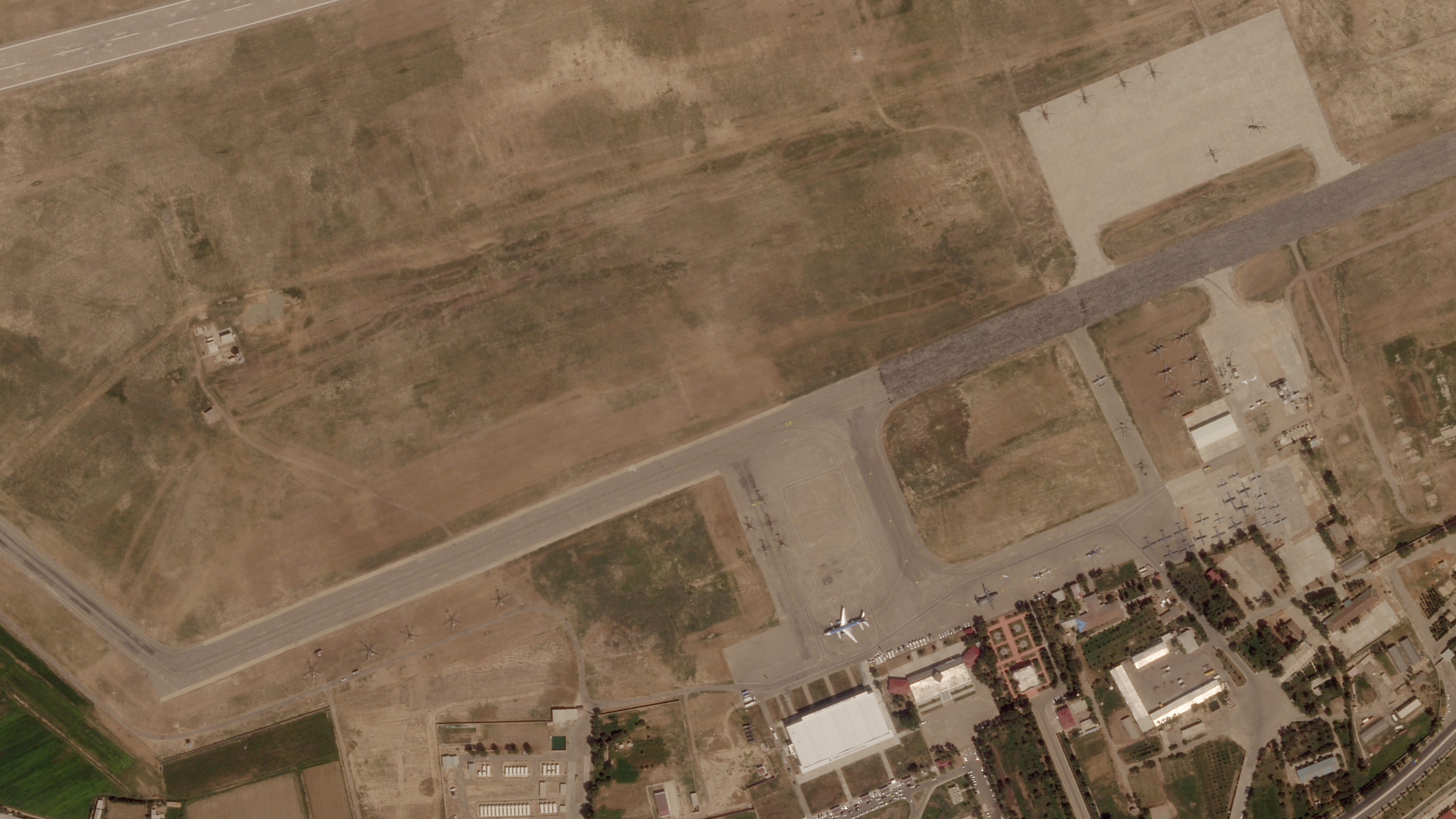
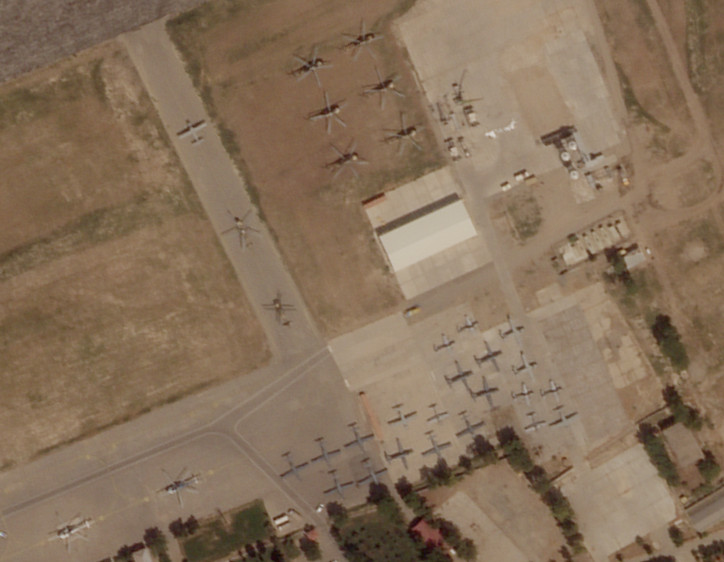
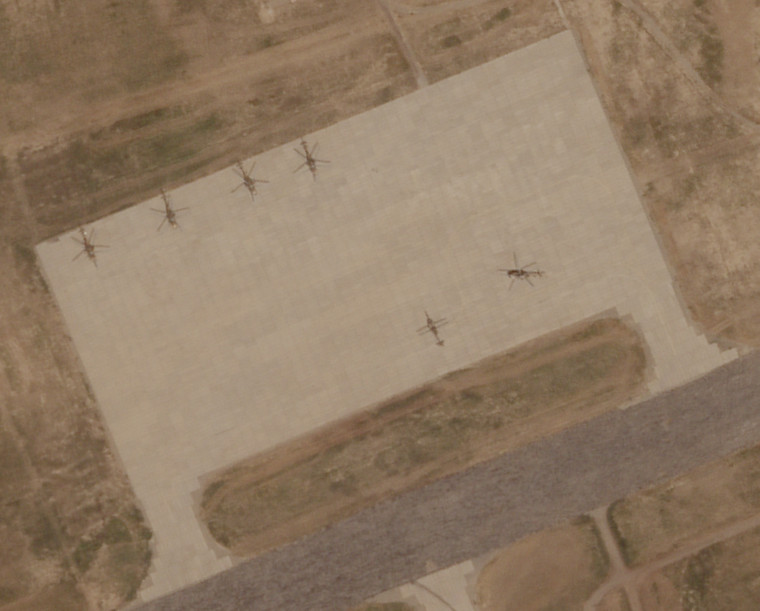
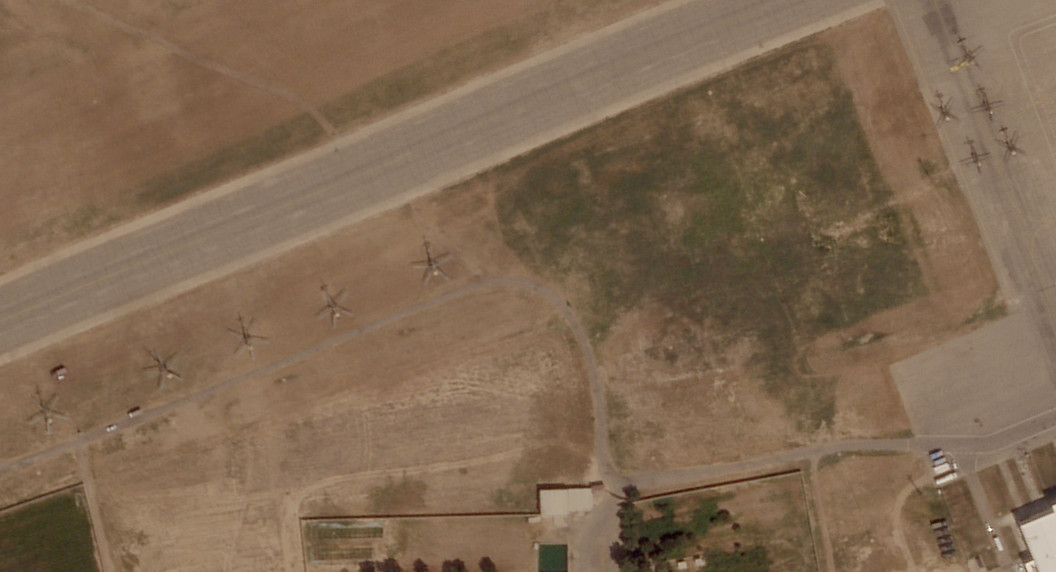
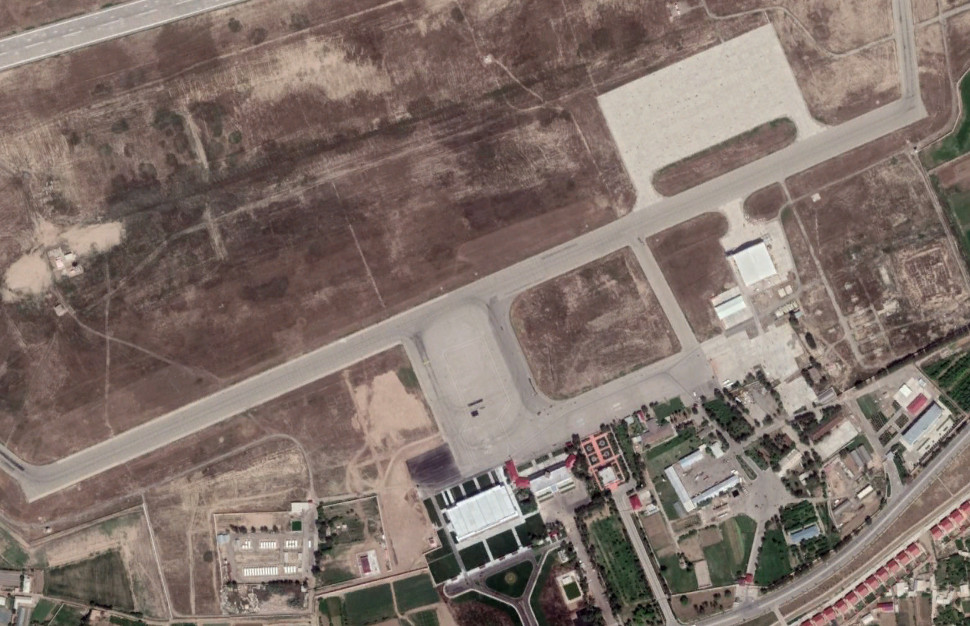
Authorities in Uzbekistan said that this total did also include one A-29 that came down inside Uzbekistan. Initial reports had indicated that it had been shot down, though it was later said to have collided with an Uzbekistan Air Force fighter jet, reportedly one of the country’s Russian-made MiG-29 Fulcrums, leading to the loss of both planes. Exactly what happened is now in dispute, but pictures did emerge on social media showing the downed Super Tucano and its pilots, who were able to eject safely.
Online flight tracking sites had appeared to show some Afghan Air Force aircraft trying to flee first to Tajikistan, so it is also possible that this A-29 simply ran out of fuel while trying to find a safe place to land. At least six Super Tucanos do appear to have made it Termez.
The satellite imagery, as well as other pictures that have now appeared on social media, make clear that the fleeing Afghan aircraft included more types than just A-29s. There appear to be at least five Cessna 208B Caravans, which could include AC-208 types fitted with sensor turrets and capable of firing 70mm Advanced Precision Kill Weapon System II (APKWS II) laser-guided rockets in addition to the standard light utility versions, among the fixed-wing types. Another 11 of the fixed-wing planes look to be Pilatus PC-12NG intelligence, surveillance, and reconnaissance aircraft.

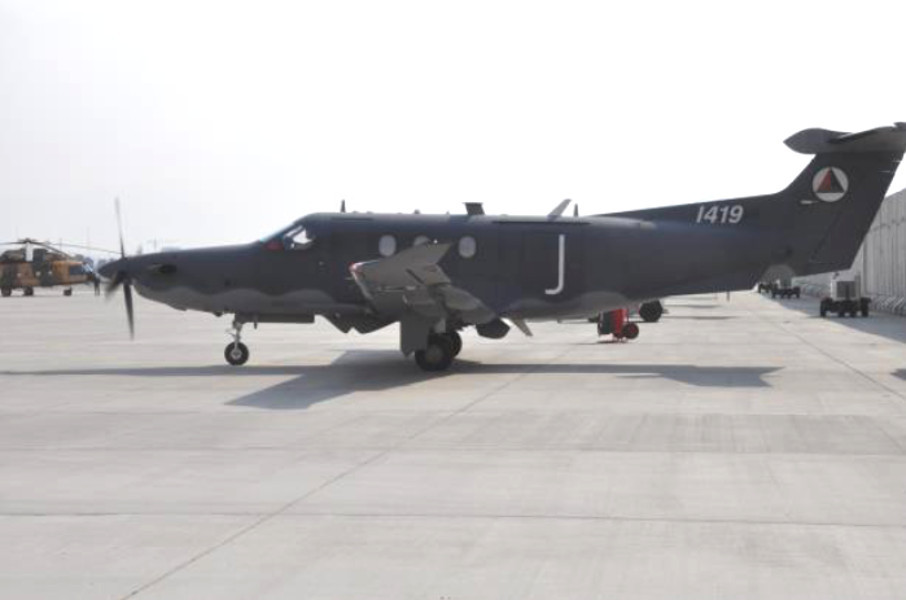
The helicopters look to be a mix of Mi-8/Mi-17 Hip and UH-60 Black Hawk transport helicopters, with what looks to be 19 and 7 of each type, respectively. There do not appear to be any of the late Afghan Air Force’s fleet of smaller Hughes 530F Little Bird armed scout helicopters now at Termez.
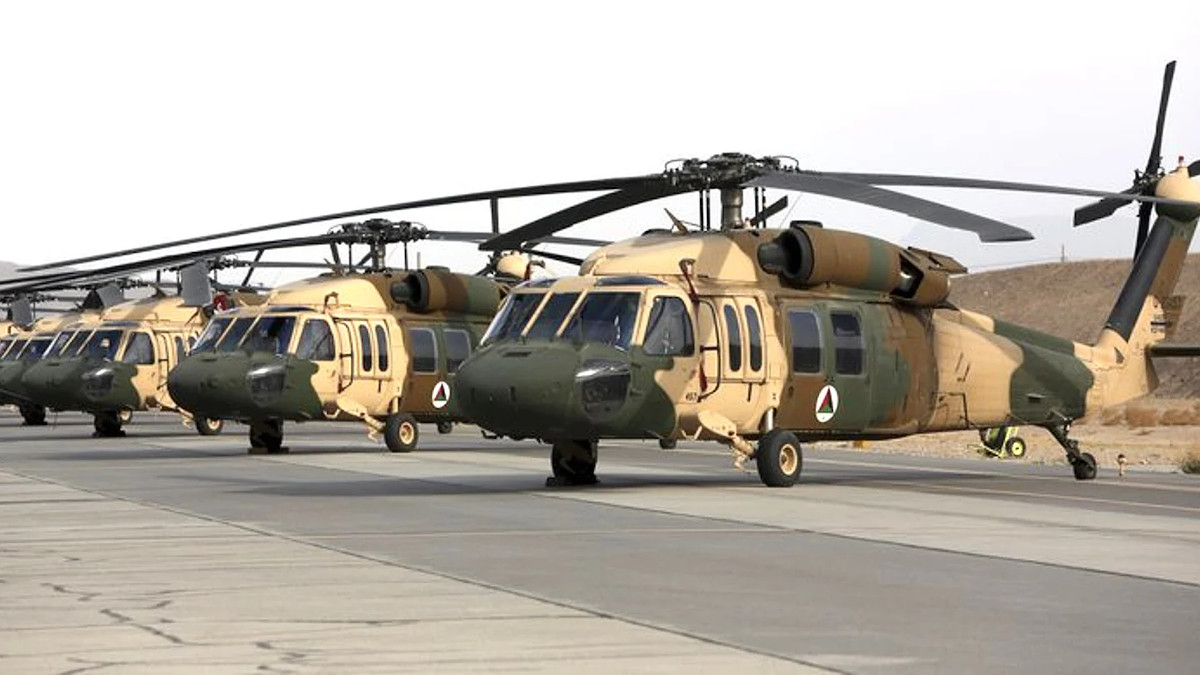
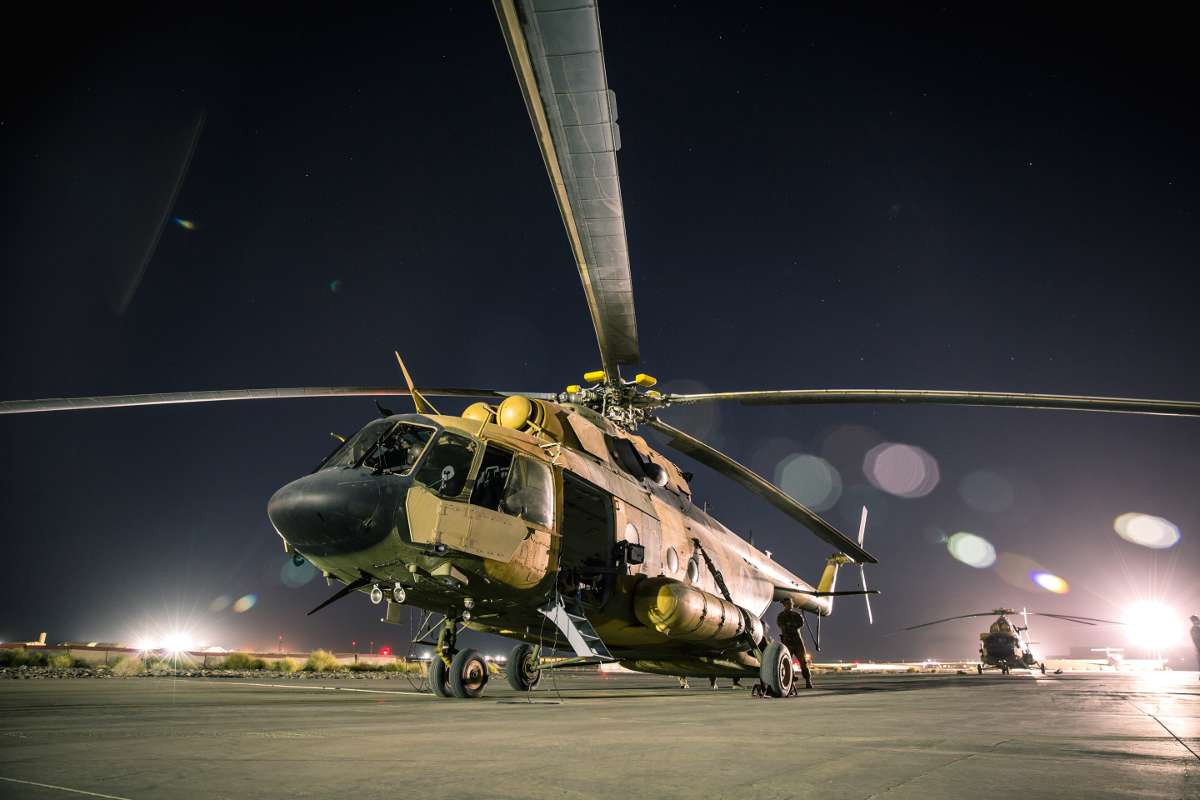
Whatever the exact breakdown is, if the total figure, 46, is accurate, this would be a significant number of the Afghan military’s total available airframe as of the end of July, according to the Office of the Special Inspector for Afghanistan Reconstruction, or SIGAR, an American government watchdog created by Congress in 2008. SIGAR’s 52nd quarterly report, which it released on July 29, said that there were 167 Afghan Air Force aircraft “Usable / In-Country,” with another 44 airfames technically in inventory. In addition to the aforementioned fixed-wing types and helicopters, the Afghan Air Force also had four C-130H Hercules airlifters, the fate of which is uncertain.
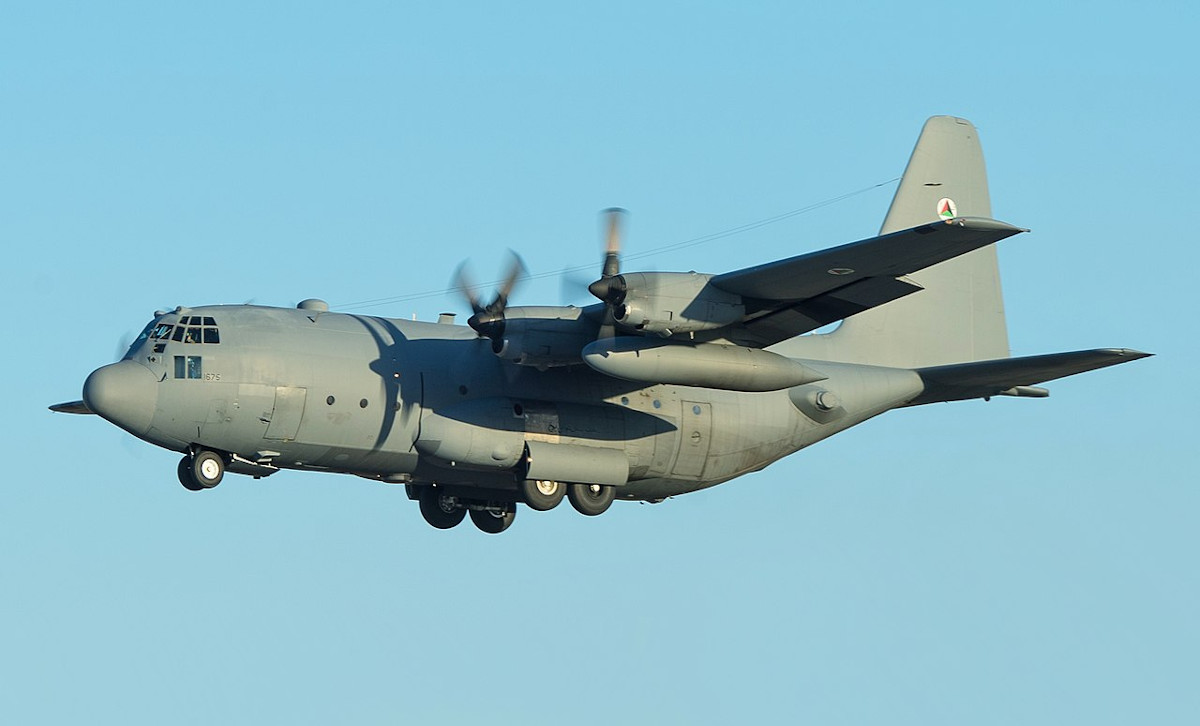
It is important to note that SIGAR’s figures do not include aircraft assigned to Afghanistan’s Special Mission Wing (SMW), an entirely separate special operations aviation unit that operated its own helicopters and fixed-wing types. The SMW notably operated the entire fleet of Pilatus PC-12NGs.
The actual number of available Afghan Air Force aircraft may well have been lower as of Sunday. There had been separate reports that the operational capacity of the Afghan Air Force was declining in the days leading up to the release of SIGAR’s report.
The Afghan Air Force had been hamstrung due to a host of factors for years already. This included a persistent inability to train sufficient numbers of pilots and maintenance personnel, leading to a heavy reliance on foreign contractors. When those personnel left the country earlier this year as part of the United States’ troop withdrawal plan, Afghanistan’s air force went into a figurative nose dive. The readiness of its two newest platforms, the UH-60 and the AC-208, suffered especially because of that decision.
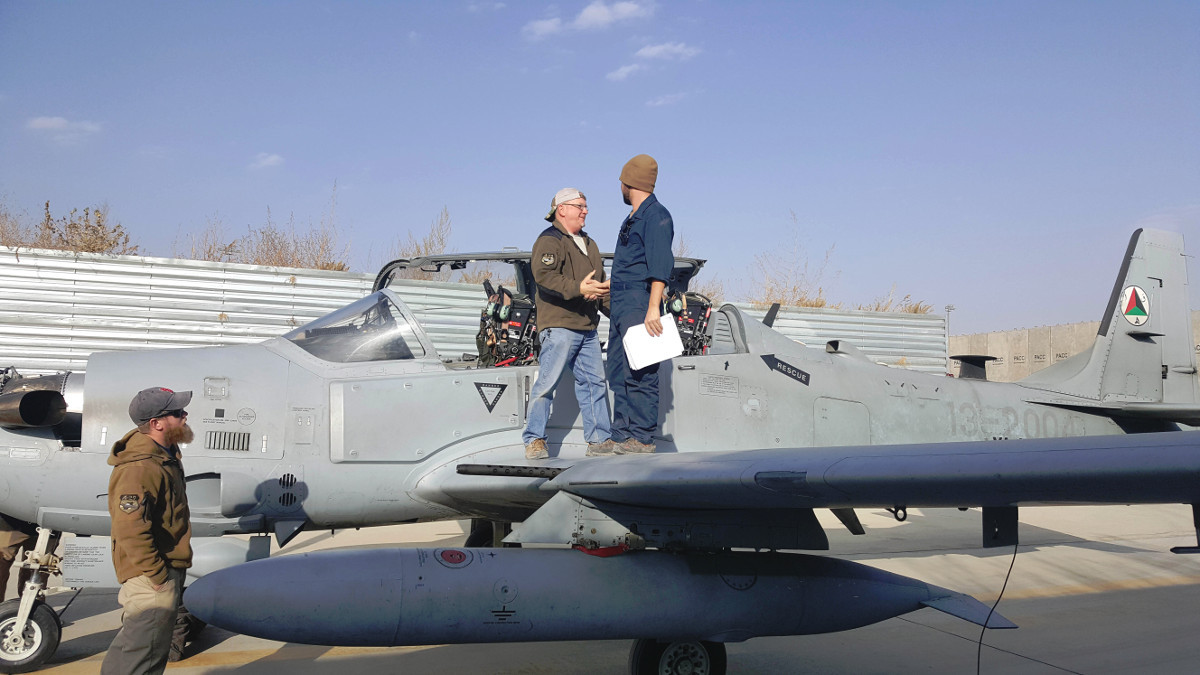
“The AC-208 fleet, for example, had maintained a 93% readiness rate in April and May, but dropped to 63% in June,” according to SIGAR. “The UH-60 fleet was at 77% in April and May, but dropped to 39% in June.”
If all of the decisions over the past 20 years or so about what aircraft to equip the Afghan Air Force with, which were made largely by its American benefactors, have been controversial in some way, the adoption of the UH-60 was perhaps the most so. The Black Hawks were intended to replace Afghanistan’s Russian-made Mi-8/Mi-17 Hip transport helicopters.
While there may have been a practical case to be made for this decision, it was driven largely by difficulties in acquiring spare parts after the United States slapped sanctions on Russia in 2014 over the Kremlin’s illegal annexation of Ukraine’s Crimea region and direct support for dubiously local separatist groups fighting against the government in Kyiv, as well as Russian activities in Syria. The problem was that the Hips were the only aircraft in Afghan Air Force inventory by that point that Afghans themselves were capable of operating and maintaining with any degree of independence from contractors. They were also ideally suited to Afghanistan’s often hot-and-high operating conditions, something the U.S. military itself conceded in 2018.
The limits of Afghan Air Force capacity clearly visible as the Taliban advanced across the country, with the group’s members capturing a number of helicopters and fixed-wing types. However, a significant number of these appeared to be non-flyable. It’s notable that the ones that they did appear to get working were all Hips.
It remains to be seen how well any future Taliban Air Force will fare trying to make them operational without any foreign support. Similarly, it’s not clear how valuable any of these platforms, which have limited capabilities compared to their counterparts in service with the U.S. and other Western militaries, might be to foreign intelligence agencies, such as those in Russia or China.
“It’s understandable for people to be concerned about any capability falling into the hands of folks where we don’t know exactly how they’re going to use it, who are going to use it against, whether that’s an M16 [rifle] or whether that’s an A-29,” U.S. Air Force General Mark Kelly, head of Air Combat Command, told Defense News in an interview yesterday, speaking generally in response to questions about the Taliban seizing Afghan military equipment. “But suffice to say that the technology that’s in the A-29 is not cutting-edge technology.”
“They may actually be able to get it airborne, but they’d probably be more dangerous to their own wellbeing than they would [be] to people on the ground,” he added.
Regardless, it’s not at all surprising that Afghan Air Force pilots would try to use any available aircraft to flee the country as the Taliban took Kabul. The group’s takeover of that city capped off a string of lightning-quick advances across the country that had led to the collapse of the internationally recognized government led by President Ashraf Ghani, who fled himself and whose whereabouts are presently unknown. In July, Reuters
had also reported that the Taliban had stepped up an assassination campaign specifically targeting Afghan Air Force pilots.
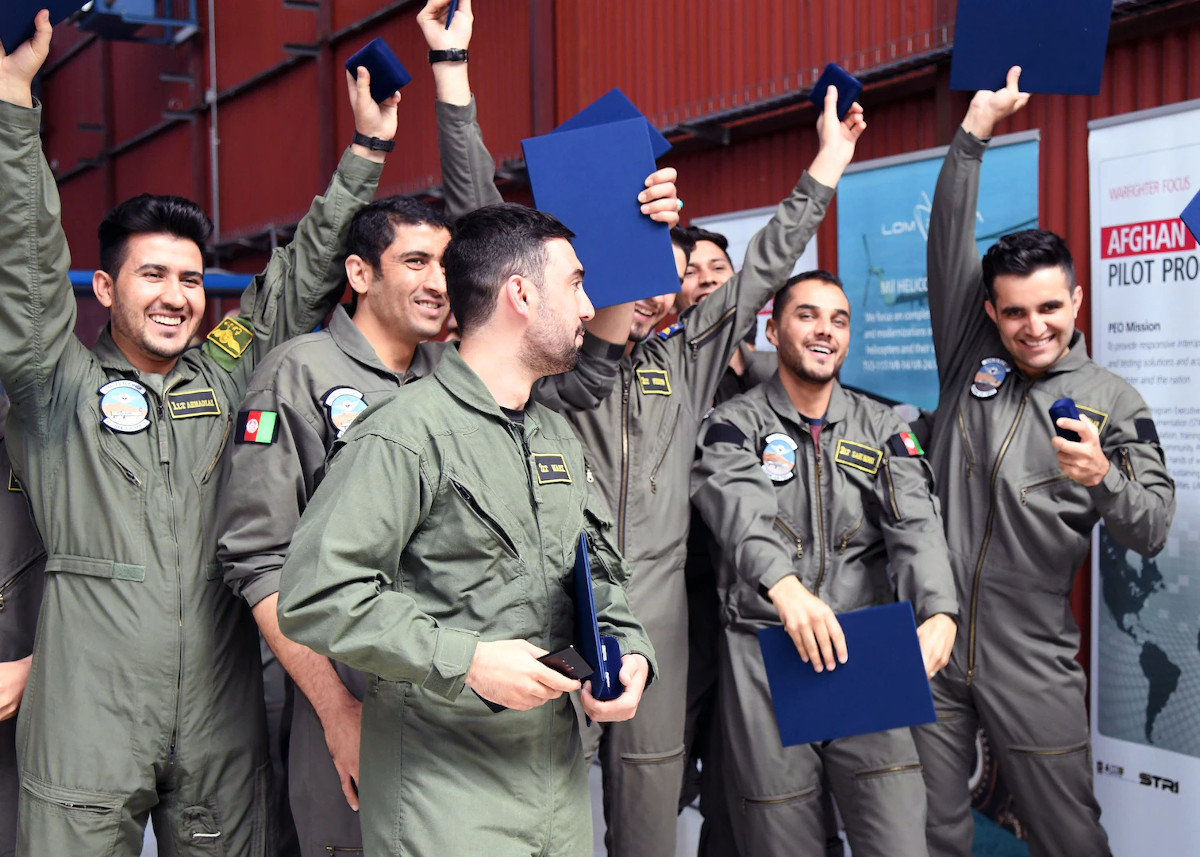
Even before all of this, there had been instances of Afghan pilots deserting, especially while participating in training programs overseas, including in the United States, at least in part due to fears for their personal safety, for years. In 2019, U.S-based training for Afghan AC-208 pilots was infamously halted entirely after nearly half of the individuals participating in the program went missing. Two years earlier, “we found that nearly half of all foreign military trainees that went AWOL while training in the United States since 2005 were from Afghanistan (152 of 320),” SIGAR said in another report.
What will happen to the former Afghan Air Force aircraft in Uzbekistan, and the crews that flew them there, remains to be seen. Uzbekistan authorities say that are now actively engaging with the Taliban, including on matters of border security.
“Uzbekistan is in close contact with members of the Taliban movement on issues related to border protection and efforts to preserve calm in border areas,” according to an official statement today from Uzbekistan’s Foreign Ministry. “We also firmly declare that attempts to violate the state border will be met with a tough response.”
After the Afghan A-29 went down, CNN‘s Jake Tapper reported that members of Congress were trying to find a way to ensure the safety of those pilots. “Senate staffers were trying to reach State Department officials, who are already overwhelmed with the deteriorating situation,” he wrote on Twitter on Aug. 15.
Who technically owns any of the aircraft now at Termez could become a significant point of contention between various actors, including the Taliban and the United States, as well. The government of Uzbekistan could simply seek to impound them and claim them as their own, as other countries have done with fleeing military aircraft in the past. However, the country’s current president, Shavkat Mirziyoyev, has sought to improve relations with the United States in recent years and could also seek to leverage the situation in some way to that end.
The entire affair highlights another parallel of sorts between what’s happening in Afghanistan and the collapse of South Vietnam in 1975, when South Vietnamese Air Force pilots flew dozens of planes, including fighter jets, to neighboring Thailand to escape the advancing North Vietnamese military.
As it stands now, there’s an entire effectively stateless air force, originally financed by the United States, just sitting at an airport in Uzbekistan.
Contact the author: joe@thedrive.com
